In recent years, experimental fermentation has been a growing trend in the specialty coffee industry, so we frequently see more terms like special preps, anaerobic, extended fermentation…. etc.
These have been used to describe some special preparations – a more controlled and adventurous approach that allow us to create techniques for coffee flavour development and to enhance aromas, the acidity or balance of the sweetness of the coffee, amongst others.
That is why, in Nordic Approach, we have been working on developing special prep protocols for different origins, as we want to have a broader range of coffees per origin on our offer list.
So, apart from the clean coffees we’re known for, we have some funky ones to satisfy different tastes, and because we are EXCITED OURSELVES with the new developments and complexity of flavours that is brought with these new special preparations (Check our approach at the end of the post)
The funk can be everything from clean, clear coffees to super crazy wild ones.
We must have in mind that the process definitions for our special preparations are divided into two: processing and fermentation (a step of the processing). However, there are a lot of different terms for these new styles, so it is good to refresh the concepts
Processing
This refers to the way the coffee is dried, and is usually divided into three categories:
Washed
The skin and mucilage is removed mechanically and additionally broken down by added enzymatic reactions and fermentation at the end, before the parchment is dried.
The word “clean” is often used to describe the flavors of washed coffees, and they are appreciated for their clarity.
Natural
Cherries are typically harvested and then transferred to a mat, patio or drying bed (fruit and skin intact). Fermentation will take place (or continue) individually inside each cherry.
Some keywords to describe a natural coffee will usually be fruity and funky.
Honey
Honey can be referred to the process where varying degrees of cherry mucilage is kept on the beans during drying. Depending on the amount of pulp left, the flavors will be more or less similar to the washed and natural process.
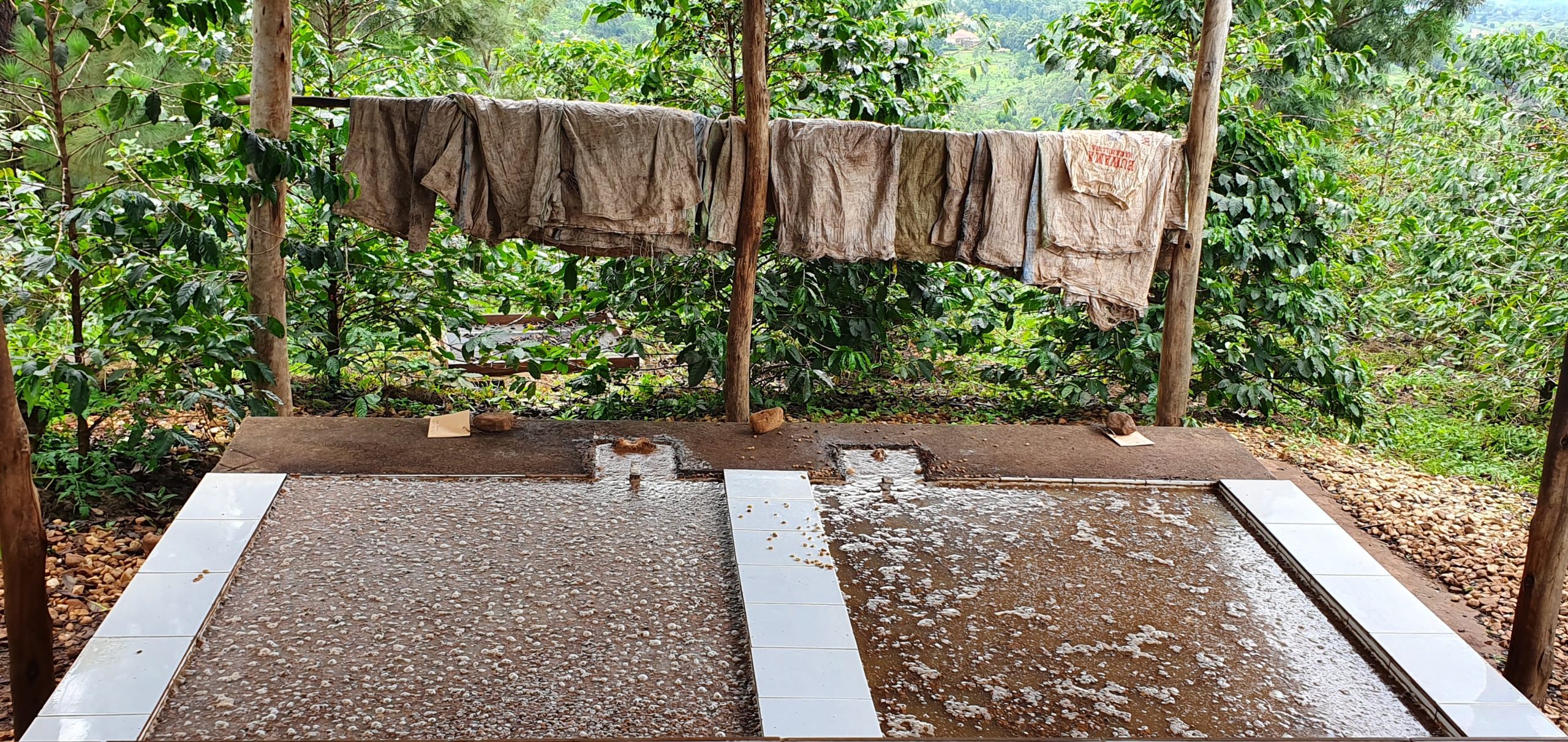
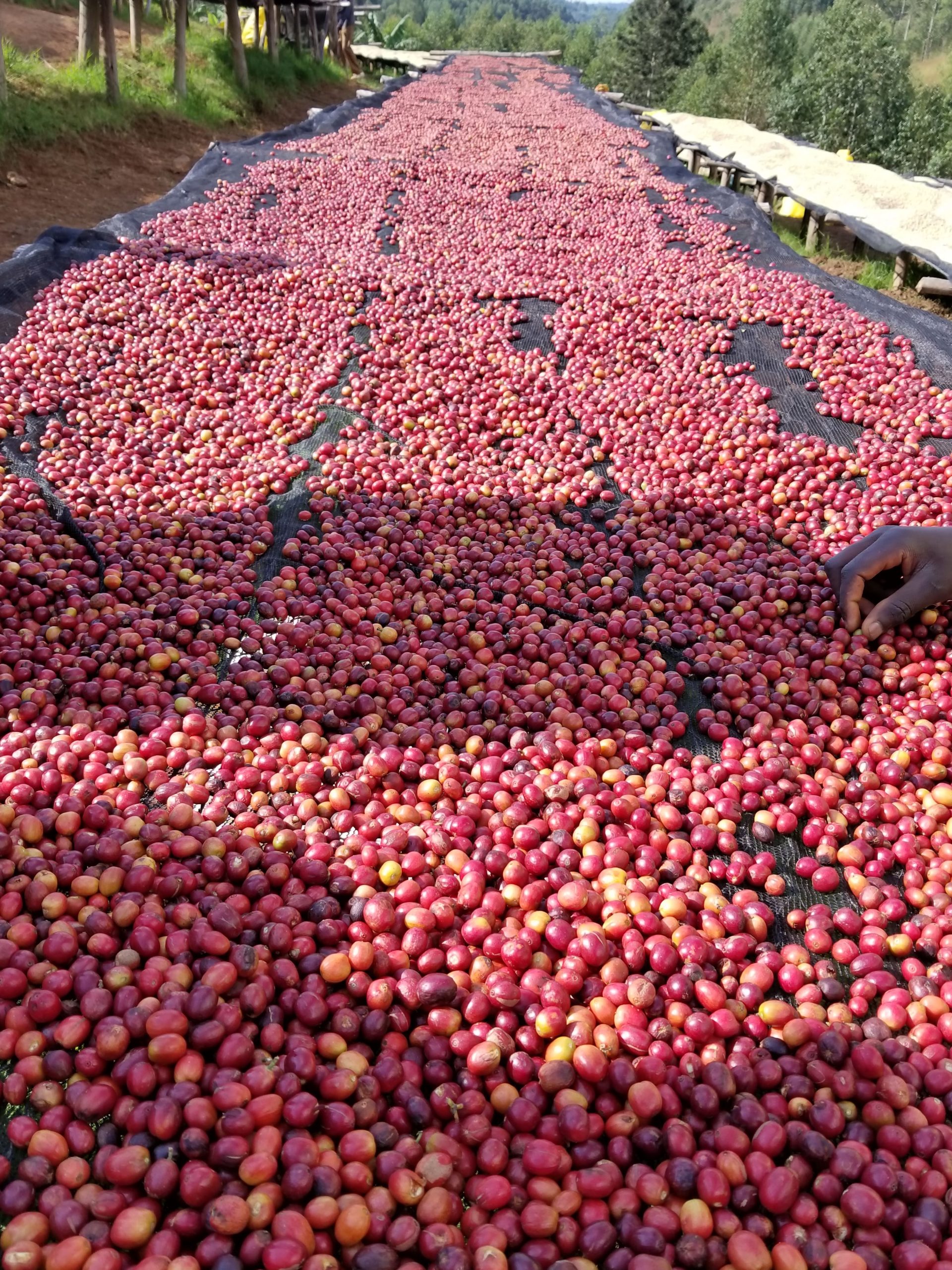
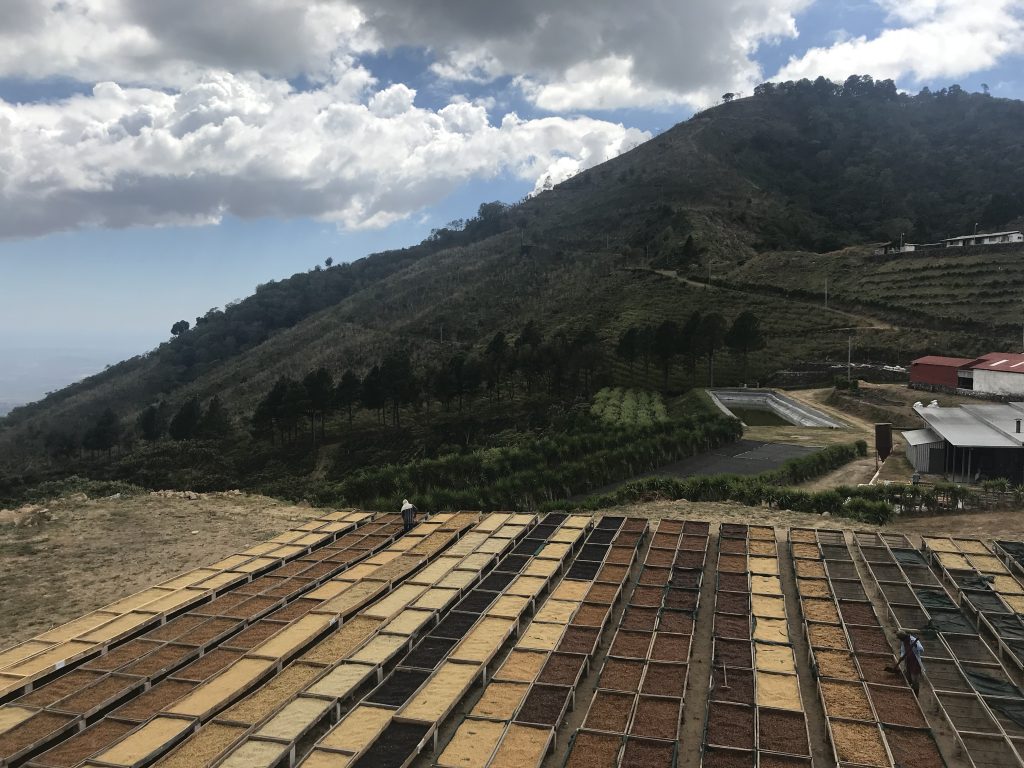
Fermentation
What is fermentation?
Fermentation is a chemical reaction. All coffee, no matter how it is processed, goes through some fermentation and bio-molecular breakdown. The degree to which this happens is what the producer will try to control.
“Fermentation is a metabolic process in which microorganisms such as bacterias and yeasts alter the bio-compound composition in the coffee fruit as a whole. The main metabolic reaction is the leverage of coffee carbohydrates, mainly sugars and starch in the skin and mucilage, as an energy source for naturally embedded or inserted microorganisms.” Francesco Javier, a chemist and good friend of Nordic Approach
When does fermentation happen?
Fermentation is a key part of post-harvest coffee processing. It occurs after picking and before drying.
We must take into account that from the moment that the coffee is picked, or maybe even before, molecular modulation of flavour takes place. It is complex!
What is the process?
We talk about microorganisms breaking down bigger molecules into smaller molecules to create flavors that are otherwise not found in the original product. Those microorganisms can be yeasts, fungi or bacteria, and all of them fulfill a different purpose.
As Jamie says, “the art of fermentation is creating an environment that is beneficial for the good bacteria, mold, etc., so they can proliferate, at the same time as creating an environment that is bad for all the bacteria that would create odd flavors, and that you don’t want in certain kinds of coffees”.
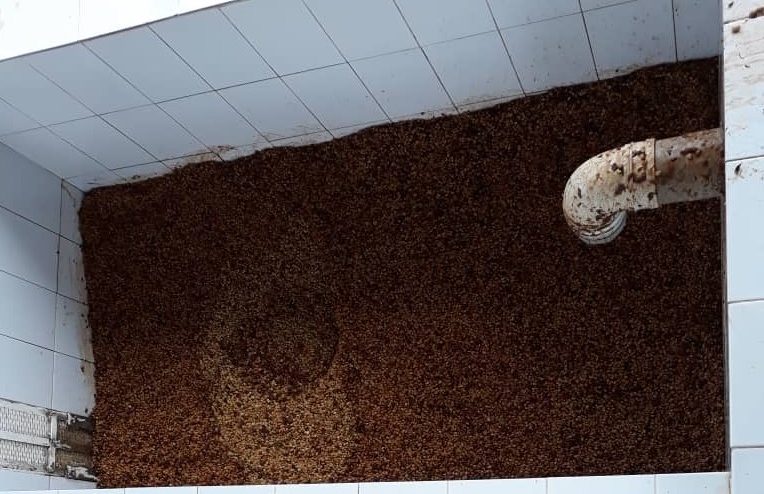
Environment (aerobic/ anaerobic)
Aerobic (with oxygen)
Coffee ferments most commonly in an aerobic environment, meaning with oxygen.
Coffee, either in whole cherry or pulped beans, will be poured into a bucket, bag or tank. Wild yeasts or microbes in the atmosphere are drawn to the sugars in it, and there begins the process of fermentation.
Anaerobic (without oxygen)
Anaerobic fermentation means fermenting the coffee in an oxygen-free environment.
Coffee is placed in a tank, barrel or bag and oxygen is removed, as much as that is possible.
This means that the microorganism diversity is limited, which slows decomposition. Therefore, anaerobic fermentation allows greater control and more flexibility to extend the fermentation timeline, which can lead to the creation of new and interesting flavours.
“Flavour development is generally also different with a whole range of complex attributes not so common in traditional coffee, and often with lactic or acetic acids more present.” Morten
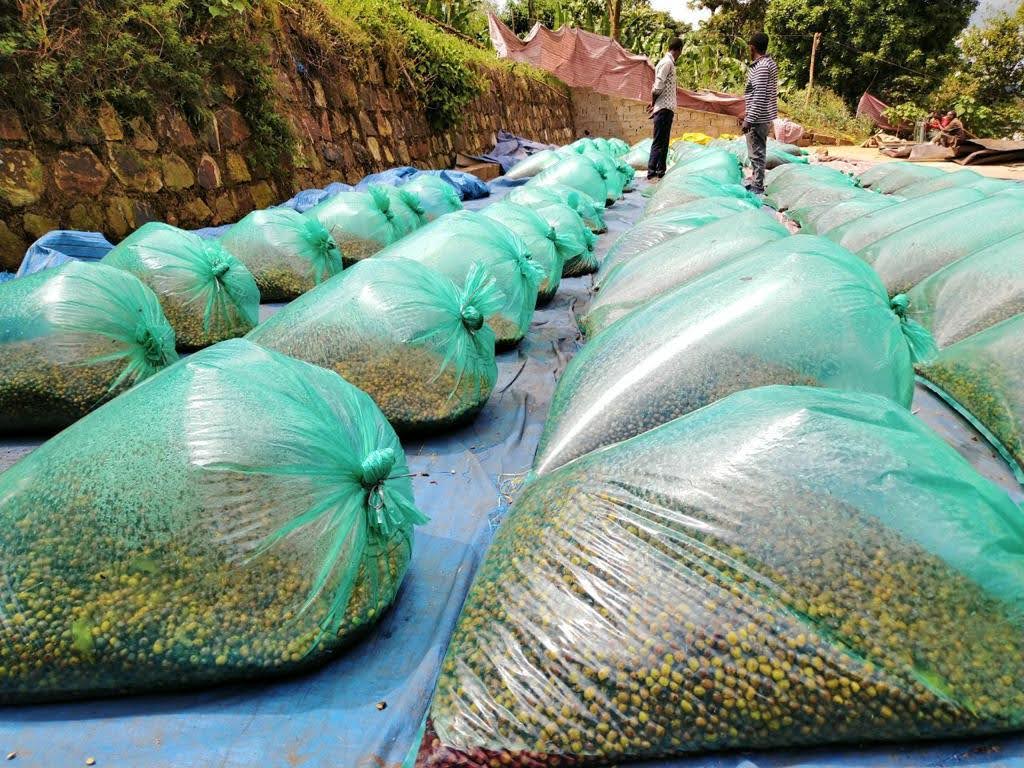
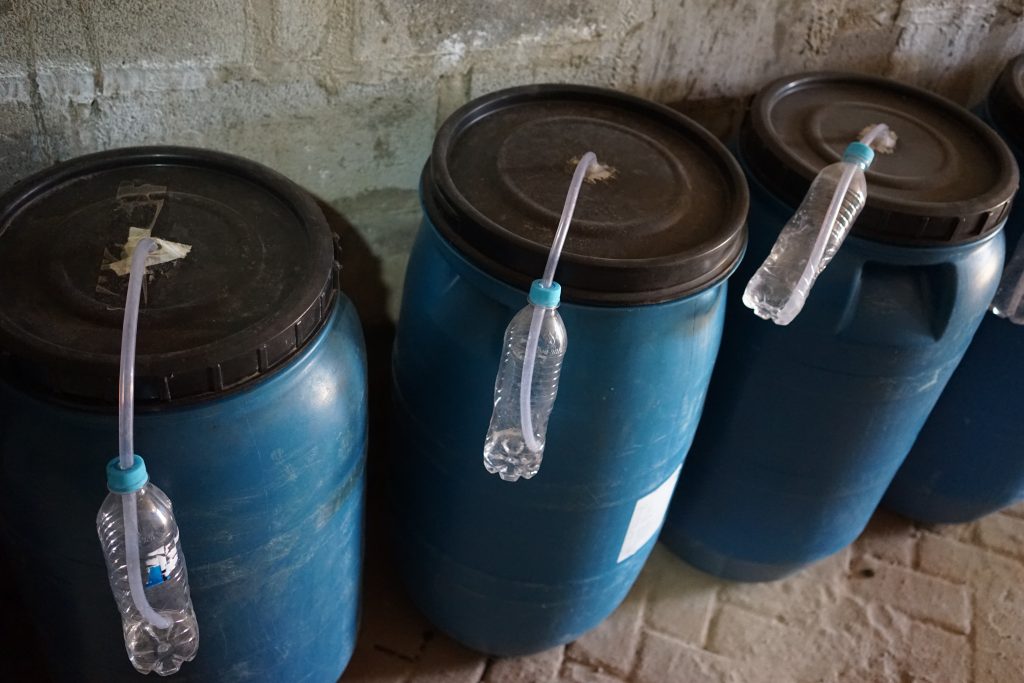
Fermentation time
When we think about fermentation, we have to consider many variables, such as: the processing type, the ripeness of the fruit; the temperature in the environment and in the coffee per se, and what each producer is searching for, meaning that the length of time needed for fermentation can vary.
Extended fermentation:
This is a term we use when the producer deliberately prolongs the fermentation time to add more elaborate flavours to the coffee.
Compared to normal (washed and natural) fermentation time, which can take around 12 – 24 hours, an extended fermentation (and anaerobic/semi-anaerobic fermentation) are generally extended to 24 – 72 hours, but this limit is pushed further and further every year.
There are two ways to extend the fermentation:
1. After picking, the producer lets the coffee cherry sit in the collection bag, or in the reception tank, for hours, up to days, before depulping.
2. The producer extends the fermentation time right after the cherry has been depulped and there is still some mucilage left on the parchment.
What does fermentation add?
- The flavour perception of “Sweetness”
- Acids (acetic and lactic)
As the process is changed by either prolonging the fermentation time, or changing the environment and bacteria which can grow, the stronger the new flavors of fermentation, acids and sugars will be.
Some conclusions – Flavor attributes and differences
- From our experience in the lab, we have seen that, in general, these coffees will mostly taste and roast like the base processing (natural vs. washed).
- A big difference between these special preps from other coffees will be the level of funk, which is usually determined by fermentation time.
- Anaerobic fermentation seems to give some more clarity or cleanliness to the funk over aerobic ones.
Naming the special preps coffees – combining terms on our offer list
It is good to have in mind that for our special preparations we list the fermentation term, followed by the processing. So, combining the definitions and concepts broken down before, you can browse through our offer list.
E.g. Anaerobic natural coffee – the coffee was fermented in an airtight environment before dying like a natural coffee with whole cherry.
El Salvador special preps
Feeling adventurous and intrigued enough? Check these special preps from El Salvador, produced by The Salaverria family. We have worked together for about 12 years.
In fact, you can now order your samples.
A short disclaimer of our approach to special preps:
We are aware that these new processing and fermentation techniques are risky for a producer, and we want these coffees to be financially sustainable for our partners at origin. That is why, we have limited the number and volume of special preps, and we follow a rigorous process:
- First, we begin by selecting the right producer! The desire to innovate and the capacity and equipment to experiment is key.
- Secondly, we ensure the experiments are run with scientific rigor. We want to guarantee that we can replicate the process.
- Finally, we pre-contract and sometimes pre-finance these coffees, to make sure the financial risk is not borne by the producer.
If you want to investigate further, we recommend you visit our series of Fermenty Experimenty (We have four chapters) https://www.youtube.com/watch?v=7CfVs5TgtpM
A special thanks to Espen, Morten, and Jamie, who are always guiding us!
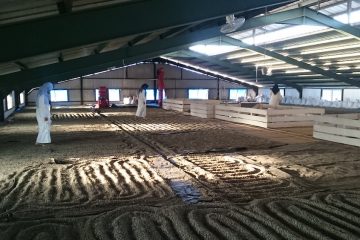
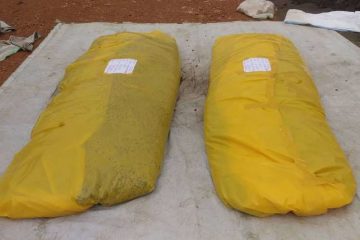
0 Comments